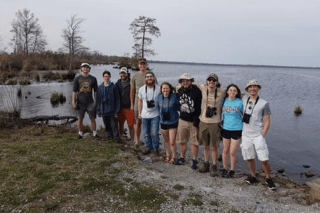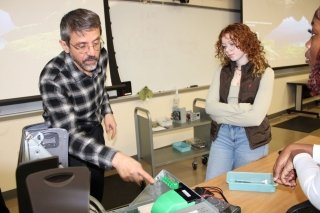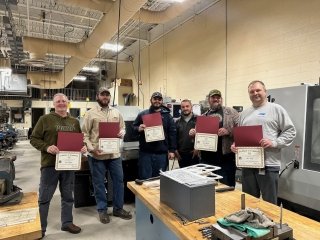Wetlands class heads south for spring break
Posted:

Cynthia Venn’s wetlands class began its spring break in Orlando, then to Everglades City for an airboat ride through the mangroves. After, continuing their trip down to the Everglades (a.k.a. Shark Valley) to Corkscrew Swamp Bird Sanctuary and ending at Sanibel Island beach to see the sunset.
“Seeing the wetlands in person helped me fully understand concepts we talked about in the classroom,” said Erin Boulger, an environmental geoscience major and one of 10 students on the trip. “This trip really helped me understand how water is cycled and moved through the Florida wetlands.”
Venn said the reason for the trip to Florida was to identify and see the wetlands birds and plants. This helped the students gain experience in the field and keep a journal for themselves. During the trip, students saw many wetlands species. The trip also helped students see the relationship between water quality and different wetland plants, according to Venn.
Other highlights of the trip, included:
- driving to Blackwater NWR (brackish water marshes and freshwater marshes) in Maryland, then down to Virginia Beach
- canoeing Merchants Millpond (southern deep-water swamp) in North Carolina walking through the Great Dismal Swamp NWR (heavily ditched and logged in the 1800’s and 1900’s)
- visiting First Landing State Park Bald Cypress Trail (cypress swamps in the low parts of an old dune field)
- exploring Assateague Island salt marshes
“The goal was for them to see the different kinds of environments we talk about in class and also to get to some wetlands that aren’t frozen (although it got pretty cold at Assateague), Venn said. “Plants and soils are really important in wetland delineation, and it’s pretty hard to see either in Pennsylvania in spring until much later. Part of the class is also about human impacts on wetlands and wetlands management, both of which were very evident in a lot of our stops.”


